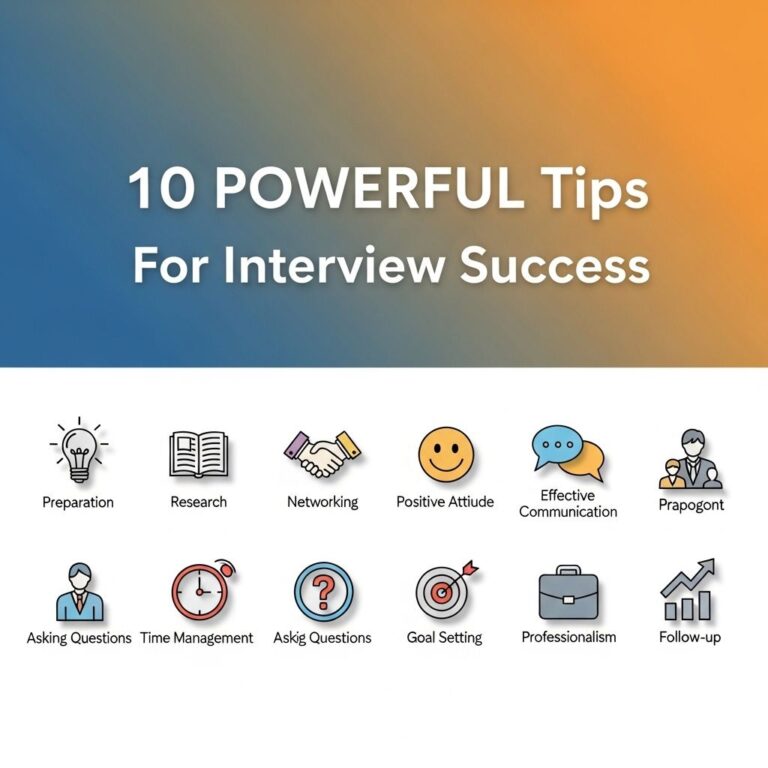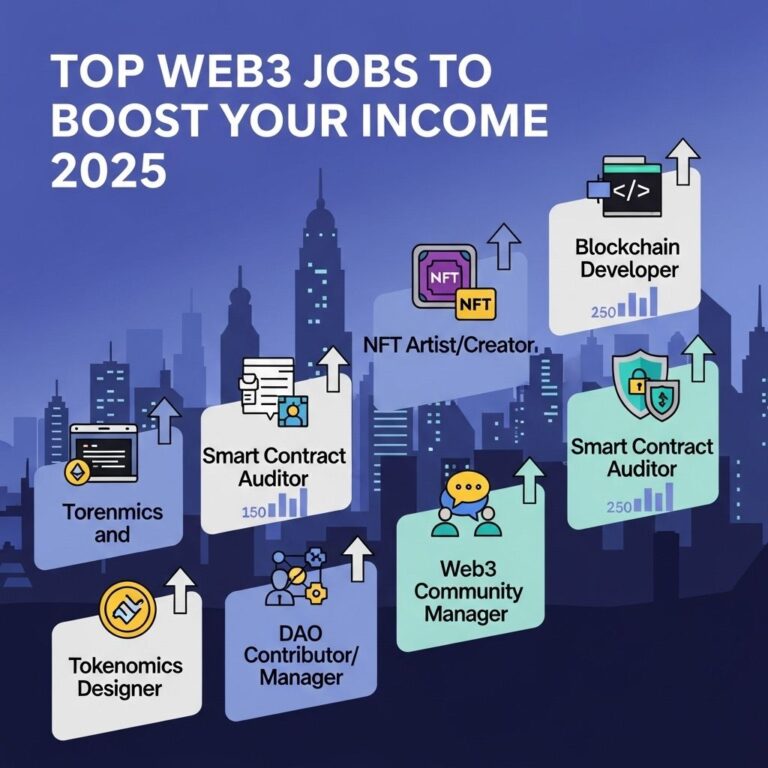In today’s competitive job market, a well-crafted resume is your first chance to make a lasting impression on potential employers. While your work experience and skills matter, how you present them is equally important. With a few innovative adjustments, you can transform your resume from a basic list of jobs and qualifications to a compelling narrative that highlights your unique value proposition. Here are seven powerful ideas to help you revamp your resume and stand out from the crowd.
Table of Contents
1. Utilize a Modern Design
Your resume’s design can significantly impact how it’s perceived. A modern, clean layout with strategic use of white space makes it easier for hiring managers to read and navigate your information. Consider the following design elements:
- Font Choices: Use professional fonts like Arial, Calibri, or Helvetica that are easy to read.
- Color Schemes: Incorporate subtle colors to highlight sections but maintain professionalism.
- Visual Elements: Add graphical elements such as icons and infographics to represent skills and achievements.
Design Tools
There are several online tools you can use to create visually appealing resumes:
- Canva: Offers numerous templates and customization options.
- Adobe Spark: Allows you to create unique designs from scratch.
- Visme: Ideal for creating visually rich resumes with infographics.
2. Tailor Your Content
One of the most effective strategies for a standout resume is tailoring your content to the specific job you’re applying for. This involves:
- Using Keywords: Analyze the job description for keywords and phrases to include in your resume.
- Highlighting Relevant Experience: Focus on the roles and responsibilities that directly relate to the position.
- Customizing Your Summary: Write a summary statement that reflects how your skills fit the job.
Keyword Optimization
By incorporating industry-specific keywords, you not only improve your chances of passing automatic applicant tracking systems (ATS) but also appeal directly to the hiring manager’s needs.
3. Showcase Achievements, Not Just Duties
Employers are interested in what you’ve accomplished rather than just listing your responsibilities. When detailing your work experience, try to quantify your achievements:
| Job Title | Responsibilities | Achievements |
|---|---|---|
| Marketing Manager | Developed marketing strategies | Increased website traffic by 60% in 6 months |
| Software Engineer | Built software applications | Reduced application processing time by 30% |
4. Include a Skills Section
A dedicated skills section allows you to present your core competencies at a glance. Make sure to include both hard and soft skills that are relevant to the job. Examples include:
- Technical Skills: Programming languages, software proficiency, database management.
- Soft Skills: Communication, teamwork, problem-solving abilities.
Skills Matrix
Create a skills matrix to visually represent your proficiency levels:
| Skill | Proficiency Level (1-5) |
|---|---|
| Python | 5 |
| Project Management | 4 |
| Data Analysis | 3 |
5. Add a Personal Touch
Including a personal element can make your resume memorable. Consider adding a section for interests or hobbies that relate to your professional life. This could be:
- Volunteering for tech-related organizations
- Participating in hackathons
- Blogging about industry trends
Professional Associations
Membership in professional associations demonstrates commitment to your field:
- IEEE (Institute of Electrical and Electronics Engineers)
- ACM (Association for Computing Machinery)
- PMI (Project Management Institute)
6. Optimize for ATS
Many companies use applicant tracking systems (ATS) to screen resumes. To ensure your resume passes through these systems, adhere to the following guidelines:
- Use standard headings (e.g., “Work Experience,” “Education”).
- Avoid images and complex formatting that ATS may not read.
- Save your resume as a .docx or plain text file, which are more ATS-friendly formats.
Testing Your Resume
Use tools like Jobscan or Resumake to test your resume against ATS criteria and improve its chances of being seen by a hiring manager.
7. Keep it Concise
Your resume should ideally be one page for less experienced individuals and no more than two pages for seasoned professionals. Here’s how to maintain conciseness:
- Use bullet points: They help to keep information digestible.
- Be specific: Use concrete numbers and facts to demonstrate your impact.
- Eliminate unnecessary details: Focus only on relevant information.
Example Layout
Here’s a simple layout to guide you:
- Contact Information
- Professional Summary
- Skills
- Work Experience
- Education
- Certifications
Conclusion
Revamping your resume doesn’t have to be a daunting task. By incorporating these seven ideas, you can create a powerful document that captures your professional essence and positions you as a strong candidate. Remember, your resume is your personal marketing tool – make it count!
FAQ
What are some effective ways to enhance my resume?
Consider incorporating quantifiable achievements, using action verbs, and customizing your resume for each job application to enhance its effectiveness.
How can I make my resume stand out to employers?
Utilize a modern format, include relevant keywords, and highlight unique skills or experiences that align with the job description to make your resume stand out.
Should I include a summary statement on my resume?
Yes, a well-crafted summary statement can provide a quick overview of your qualifications and help employers understand your career goals.
What role do keywords play in resume optimization?
Keywords help your resume get noticed by applicant tracking systems (ATS) and align your skills with the job requirements, increasing your chances of getting an interview.
How often should I update my resume?
It’s advisable to update your resume regularly, especially after completing new projects, gaining new skills, or changing jobs, to ensure it reflects your most current experiences.
Is it necessary to include references on my resume?
It’s not necessary to include references directly on your resume; instead, you can state that references are available upon request.









